
Why are surveillance of and response to foodborne diseases important?
Here are ten reasons why foodborne disease surveillance and response are important:
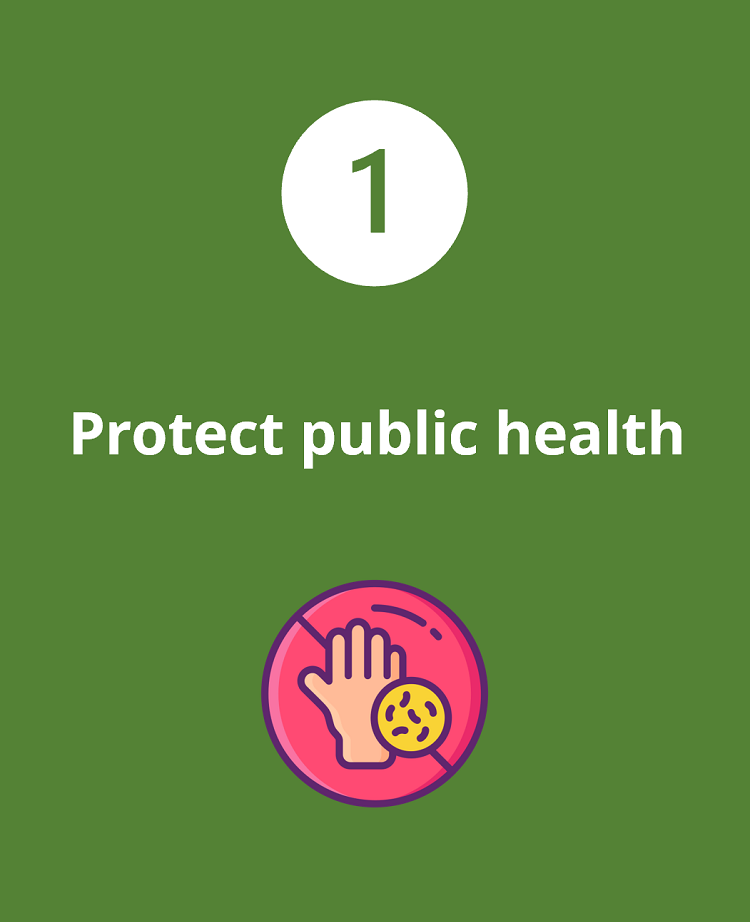
Prevent illness and death: Foodborne diseases are preventable and can be controlled through an effective food safety system that addresses hazards from the place of production to the point of consumption. Surveillance of foodborne diseases can facilitate early detection and intervention, reducing the incidence of illness and preventing potential deaths.
Limit and control outbreaks: Prompt response to identified cases can help contain outbreaks, preventing widespread transmission and protecting public health.

Minimize negative economic impact: Foodborne diseases can lead to significant economic losses due to healthcare costs, loss of productivity, and impacts on the food industry. Effective surveillance and response mitigate these financial burdens.
Maintain consumer confidence: Effective surveillance and response maintain consumer trust that authorities are doing their utmost to safeguard the food supply, which is crucial for the economy.
Protect trade: International food trade has expanded and will continue to grow. Foodborne diseases can impact trade if restrictions are applied to countries identified as sources of contaminated food. Surveillance provides the opportunity to identify and address these issues promptly, thereby safeguarding trade interests.
Support travel and tourism: The travel and tourism industries are particularly vulnerable to health, safety, and environmental concerns, including foodborne diseases. Effective surveillance and response contribute to maintaining the health and safety standards that are crucial for these industries.
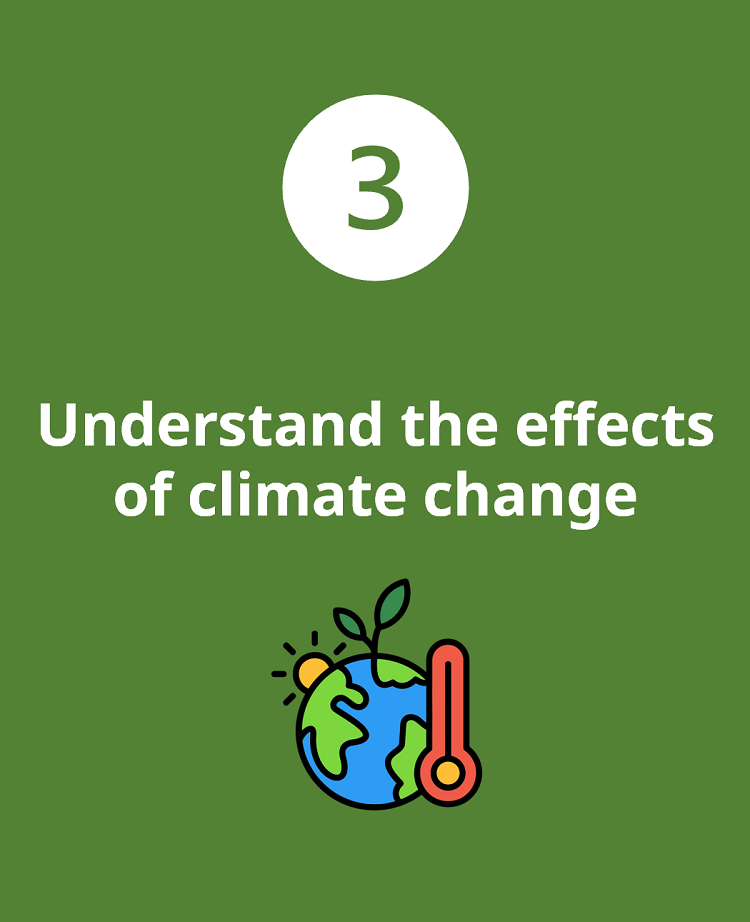
Recognize emerging threats: Climate change alters environmental conditions and may accelerate the evolution and emergence of new foodborne pathogens as microorganisms adapt to changing environmental conditions. Continuous surveillance helps in recognizing these evolving threats.
Prevent disease amplification: Higher temperatures and changing precipitation patterns caused by climate change create ideal conditions for the proliferation of many foodborne pathogens. Surveillance allows for timely responses to these changes, preventing amplified disease transmission.
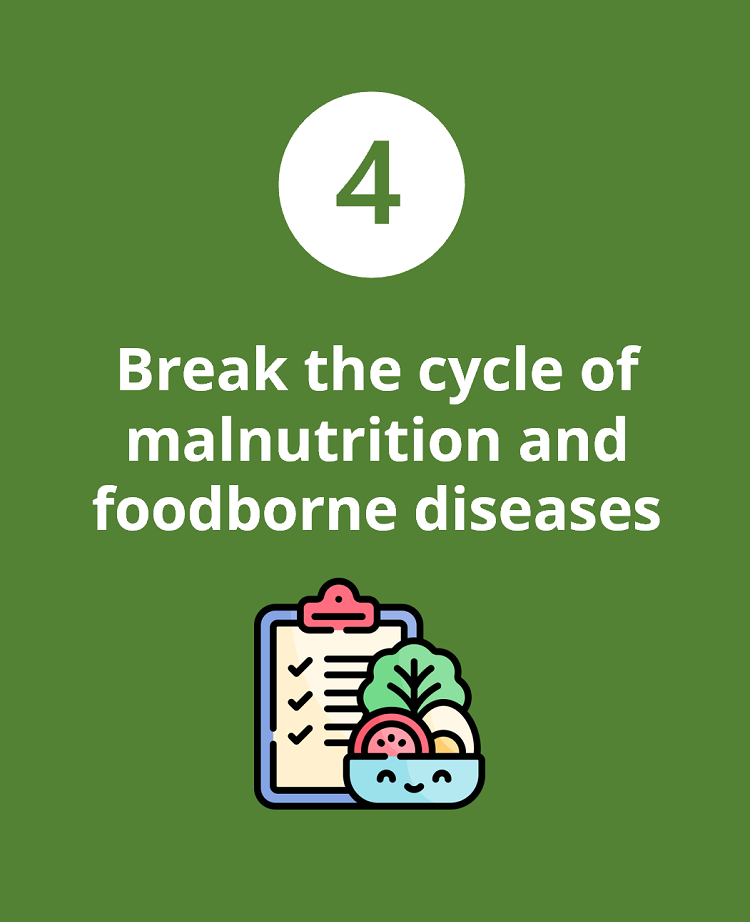
Prevent exacerbation of malnutrition: Malnutrition weakens immune systems, making individuals more susceptible to foodborne diseases. Foodborne diseases can lead to malabsorption of nutrients, further exacerbating malnutrition. Timely interventions help interrupt this cycle, promoting better health outcomes.
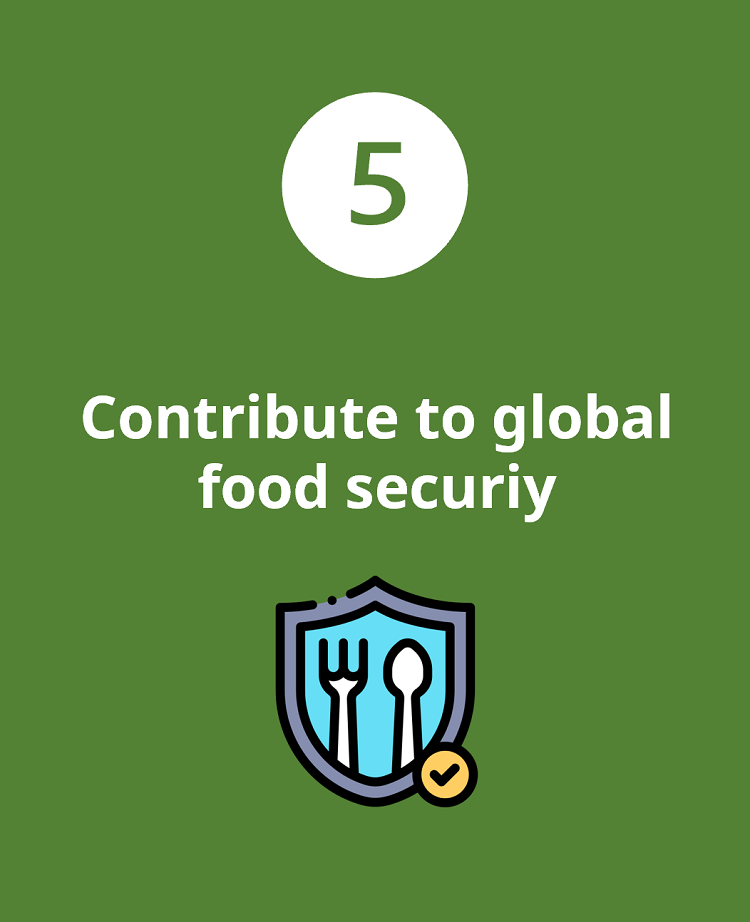
Support safe food production and protect food supply chains: Surveillance and food monitoring data help identify potential hazards in food production, enabling timely interventions to prevent further distribution and illnesses and future contamination. Early detection and response to these issues can minimize disruptions in food supply chains, thereby supporting global food security and ensuring populations have consistent access to safe and nutritious food.
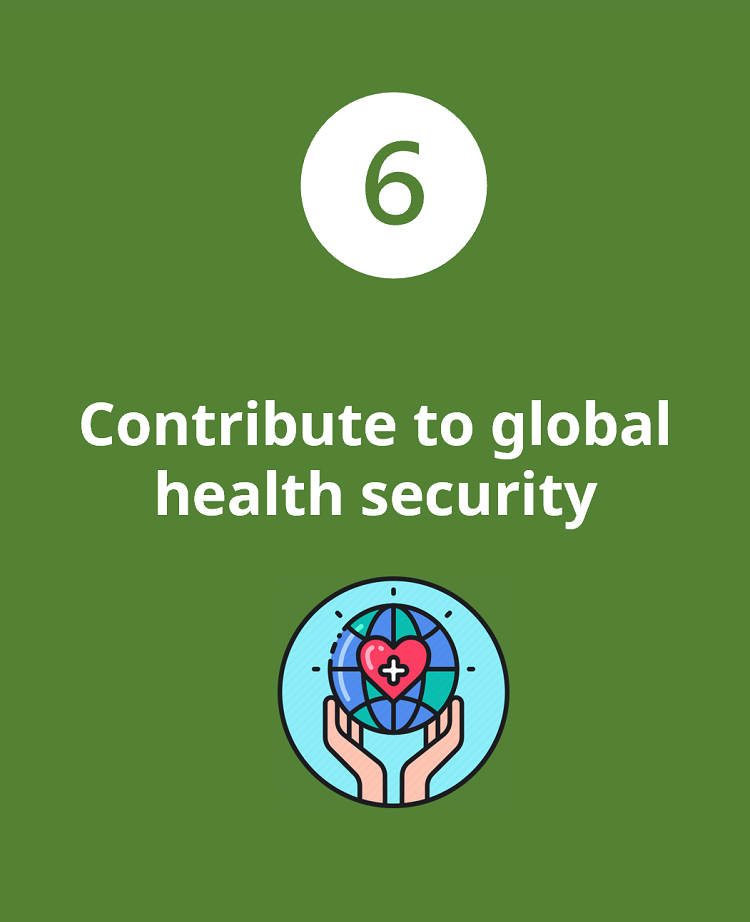
Strengthen international collaboration: Surveillance efforts can foster international cooperation when countries share information, resources, and strategies to combat foodborne diseases collectively. This collaboration enhances global health security by facilitating a united front against foodborne disease outbreaks. The International Health Regulations (IHR) require countries to notify the WHO of public health events that may be of international concern, including those caused by contaminated food.
Prevent cross-border transmission: By identifying and responding to foodborne diseases promptly, surveillance efforts help prevent the spread of pathogens across borders, contributing to global health security. This includes participating in the FAO/WHO International Food Safety Authorities Network (INFOSAN).
Support global health initiatives: Strengthening surveillance can support global health initiatives and programs, such as the WHO Alliance for Food Safety, aimed at implementing the WHO Global Strategy for Food Safety and reducing the burden of foodborne diseases, aligning with broader goals of improving global health security.
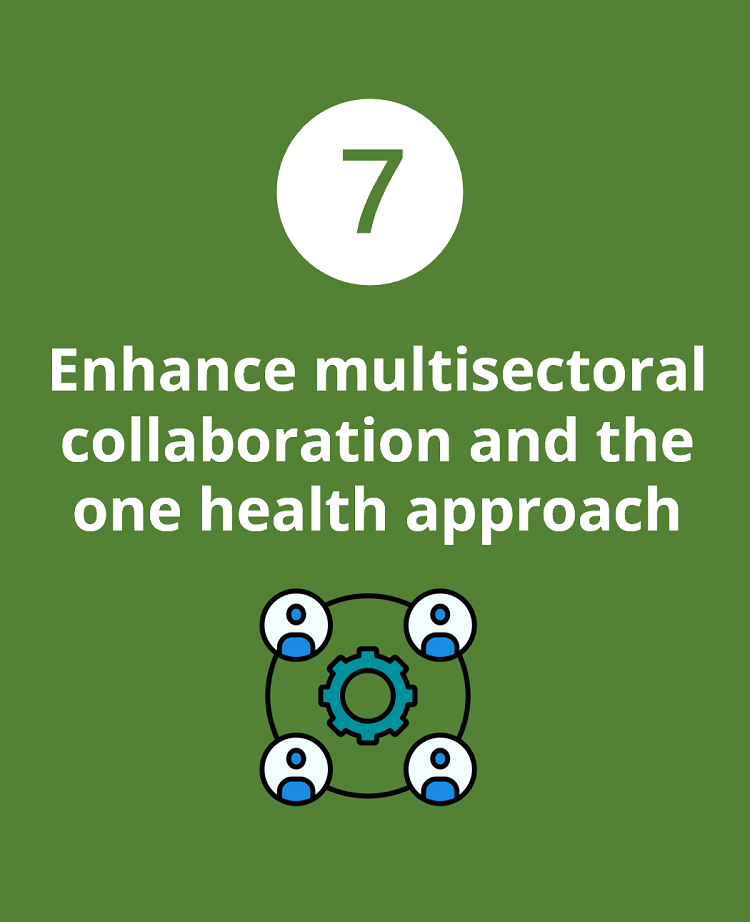
Facilitate cooperation: Surveillance and response efforts require collaboration between various sectors, including human, animal, and environmental health sectors, fostering a holistic One Health approach to food safety.
Leverage resources: Collaborative surveillance efforts can allow for better resource allocation and utilization, enhancing the effectiveness of foodborne disease control programs.
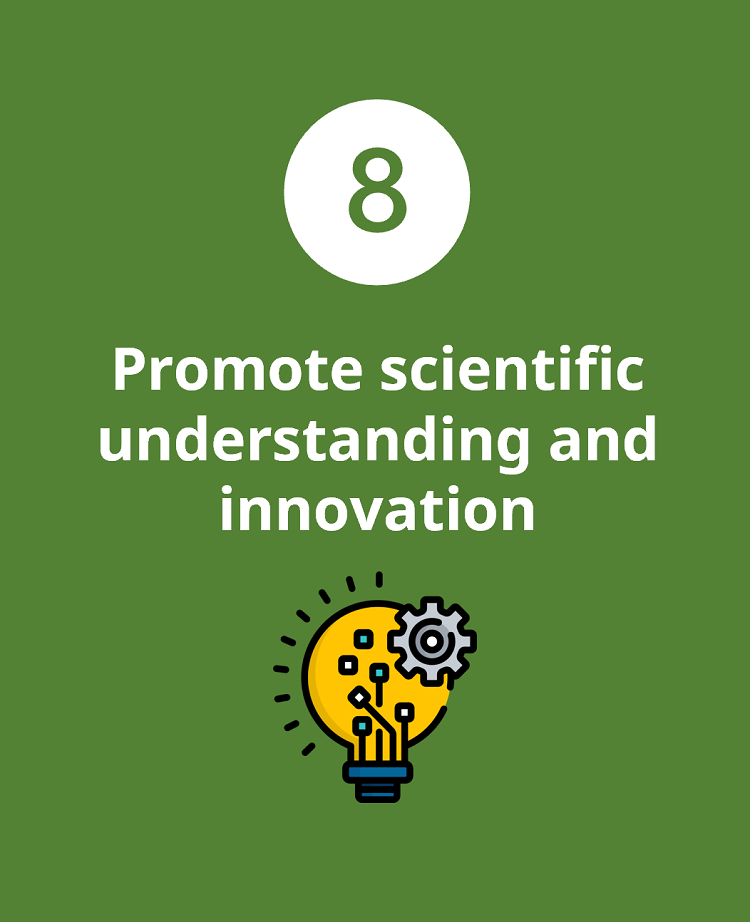
Foster research: Continuous monitoring of foodborne diseases and contributes valuable data for scientific research, leading to better understanding and development of innovative solutions to address them.
Improve public health policies: Data from surveillance can inform public health policies, leading to more effective strategies for foodborne disease prevention and control.
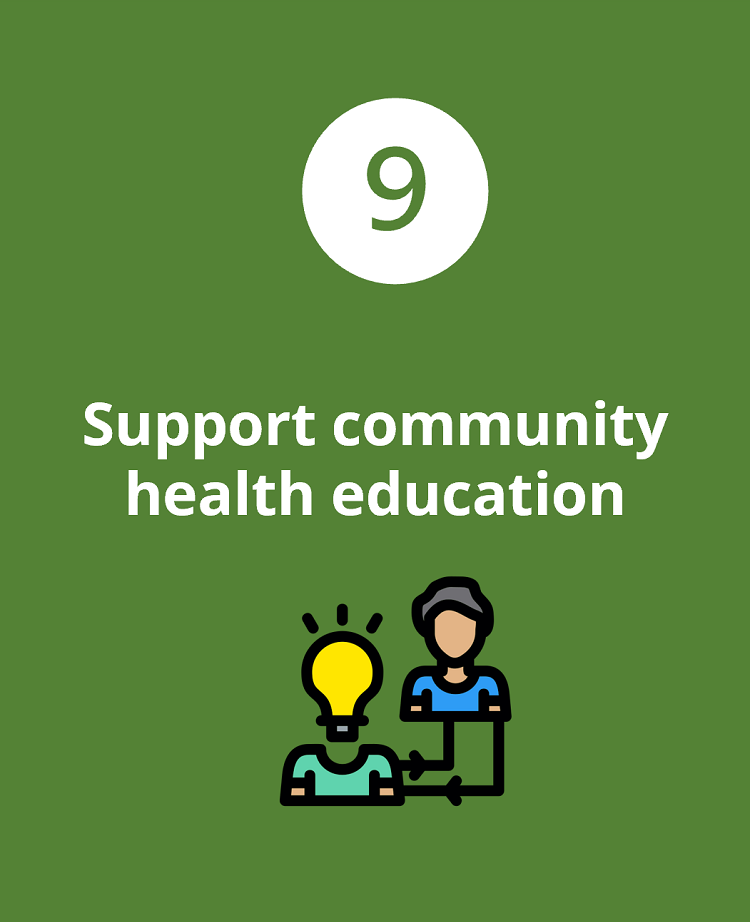
Raise awareness: Surveillance programs often include public education components that raise awareness about foodborne diseases and preventive measures.
Empower communities: By educating the public about food safety practices, communities are empowered to take proactive steps in preventing foodborne illnesses.
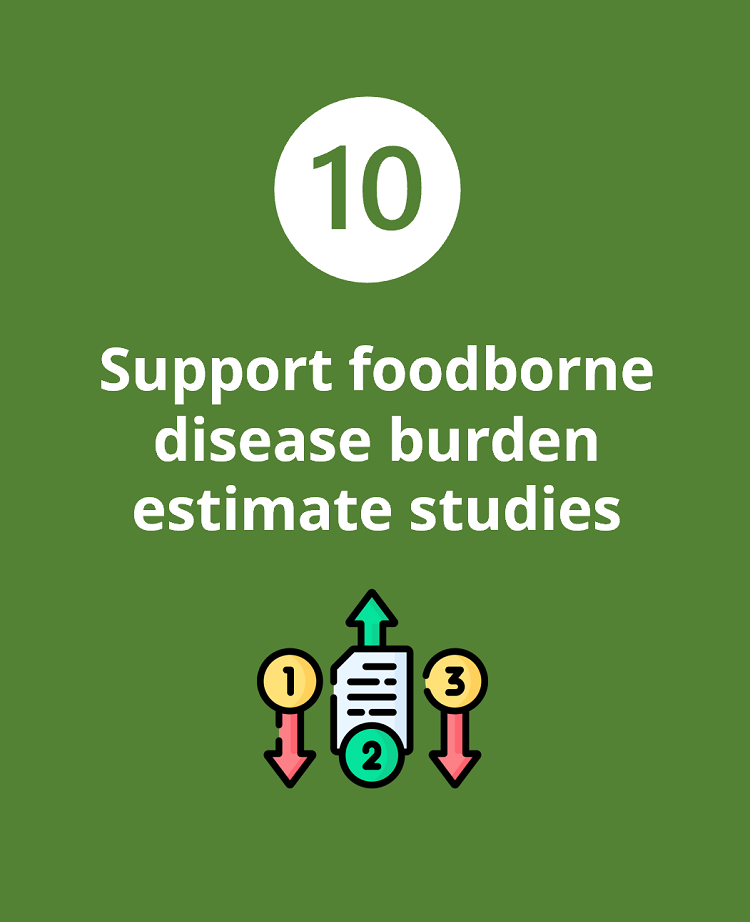
Inform public health priorities: Surveillance data is crucial for estimating the burden of foodborne diseases, helping to identify the most affected populations and the most common sources of illness. This information is essential for prioritizing public health interventions and resource allocation.
Guide policy and funding decisions: Accurate burden estimates help policymakers and funding agencies make informed decisions about where to focus efforts and invest resources to achieve the greatest impact on reducing foodborne illnesses.
